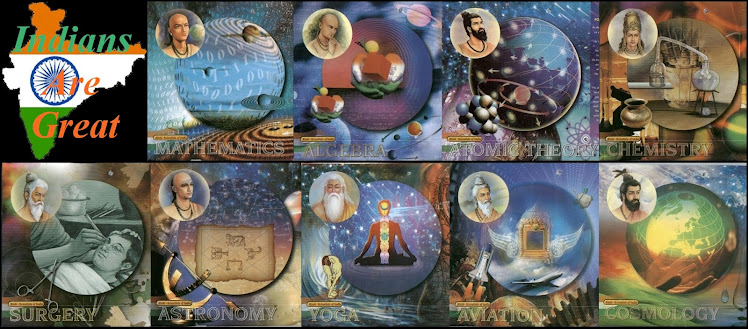By Vijay Bokil
The magnificent Vishnu Temple in Angkor Cambodia speaks loudly the influence of Vedic culture.The Vedic culture has its presence in many parts of the world. These are a few details how citizens of Thailand and Indonesia still embrace Vedic culture,although there religion is different.The Erawan Shrine in Bangkok, Thailand, ercted in 1956 is widely revered and happens to be a tourist attraction. It has a statue of Phra Phrom, counterpart of Brahma. Devout worshippers throng the shrine.The Thailand Airlines has a diaroma of “Samudra Manthan” story from Bhagavat Purana .Indonesia adopted Islam as a faith but continued to hold on to the vestiges of Hinduculture. So you have Sukarnoputri for the current vice president. Bhasa Indonesia has umpteen number of Sanskrit words. Cultural aspects of Diwali and Holi are still observed by Indonesians.
‘Garuda’ Airlines Sanskrit names are still freely used here.Muslim Indonesians have plenty of Savitris, Gayathris, Leelas, Pushpas and even Seetas among themselves. Irrigation water is called Sindhu-amrita (nectar of the sea). High-sounding Sanskrit names that are unknown even in our country are not uncommon here, as, for instance, Atma-suvijna (who thoroughly knows himself), Virya-suvrata (who has taken a vow of good courage, Yaso-vidagha (on fire with the effulgence of fame) and a host of others. Ramayana stories are beautifully drawn on silk to be seen all around on the foundation pillars of king’s palace. Muslims by religion,but they know ins and outsof the Hindu deities. They have taken as their own all the ancient streams of the India narratives.. In fact, there is nothing wrong in it, as the characters of Ramayana and Mahabharata in abstraction are roaming around in their land. Garuda marks the national symbol of Indonesia and also to the airline Garuda Indonesia. The Indonesian coat of arms, Garuda Pancasila, derives its insignia from Javanese Hindu elements.

The mind of the people of Indonesia has been influenced by the stories of the Ramayana and Mahabharata. We have read in our Geography books how, when fauna and flora migrate to a favourable soil, they multiply and spread more luxuriantly than in their original habitat. In the same way peoples minds here have been overlaid by the epic stories. And so even today, the people, through their bodies, are giving dance form to the lives of these epic characters, thrilled by the throb of life-blood coursing through the stories that are the never-ending subject of their plays. Although outwardly they appear to have been cut off from India for centuries, they have acquired a subtle refuge within India’s soul through the epics.





No comments:
Post a Comment